There can be your advertisement
300x150
Electrical Wiring: When to Install and How?
Only proper cable and wire installation can ensure uninterrupted electrical operation after renovation – we share tips with the expert
Well-executed electrical work in an apartment ensures comfortable and safe living. Peeling wallpaper and cracked tiles won't cause as much inconvenience as faulty electrical wiring. Replacing even one cable may require removing parts of walls and ceilings. What problems to avoid and what details to consider in advance, we learned from Timur Kalandarov, General Director of iHouse Lab.
Timur KalandarovExpertGeneral Director of iHouse Lab.1. Preparation Work
Having a plan for socket placement,
switches, and all household appliances – air conditioners, water heaters, televisions – is essential! It's also preferable to have a lighting scheme by groups to plan switch placement in advance. The ideal option is when you have a plan with precise references: in this case, the exact height of sockets, switches, or electrical cable outputs is marked on the wall layout.
 2. Cable Selection
2. Cable SelectionFor socket groups, a cable with GOST 3*2.5 is suitable, where 3 stands for the number of cores and 2.5 is the cable cross-section. Note that for high-power appliances (cooktop, water heater), you need to increase the cable cross-section to 4. If your stove has a three-phase connection, it's necessary to lay a 5-core cable.
Use only flame-retardant GOST cables: otherwise, saving a few thousand rubles can play a cruel joke on you – damage electrical appliances and even cause a fire in your apartment. For lighting fixtures and switches, use GOST 3*1.5 cables and lay them in corrugated pipes.
 3. Cable Route Planning
3. Cable Route PlanningIt is recommended to install the power part (cables for sockets) along the floor in PVC pipes: they protect cables from further damage, have excellent operational characteristics, and long service life. Cable installation for lighting fixtures is done along the ceiling.
When laying cable routes, try to choose the shortest paths (this helps save on cables), but always bring the cable at a 90-degree angle. Pay attention to ensuring that power and low-voltage cables do not cross each other: if TV, telephone, or internet cables are near power cables, you risk losing good signal quality.
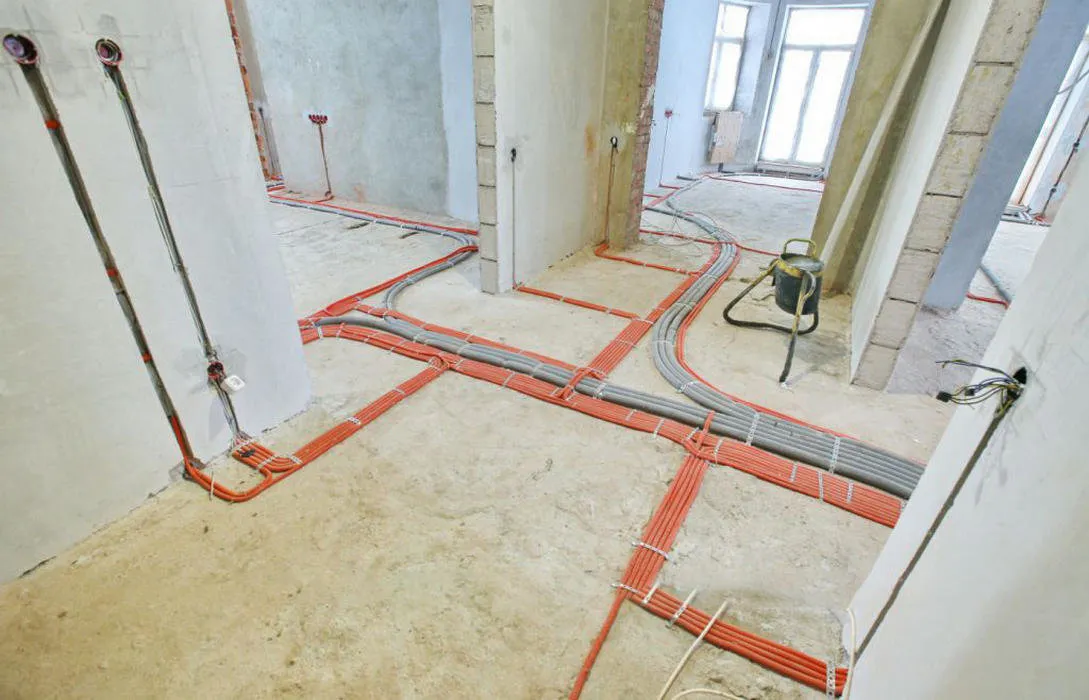 4. Installing Electrical Wiring
4. Installing Electrical WiringThe most convenient option for installing electrical wiring is 'dry' construction using solutions from Sen-Goben company. Gypsum board partition systems from Gyproc and floating floors based on materials from ISOVER, Weber-Vetonit and Gyproc allow faster installation of engineering utilities, including electricity, avoid large amounts of harmful dusty and noisy works (such as grooving), and improve room sound insulation.
If builders accidentally damage a cable laid in such a structure, it can easily be replaced by making just a few holes – something you can't say about embedded cables in brick-plastered walls. If you need to shift a socket or switch by several centimeters, it will take no more than 5 minutes – thus, a small adjustment in your design project won't become a big problem.
Special holes are provided in the profile for laying engineering utilities. Cables on the ceiling for lighting fixtures can also be conveniently mounted in GKL structures. It's important to decide in advance on light fixtures (especially recessed ones): so that installers know the required ceiling drop.
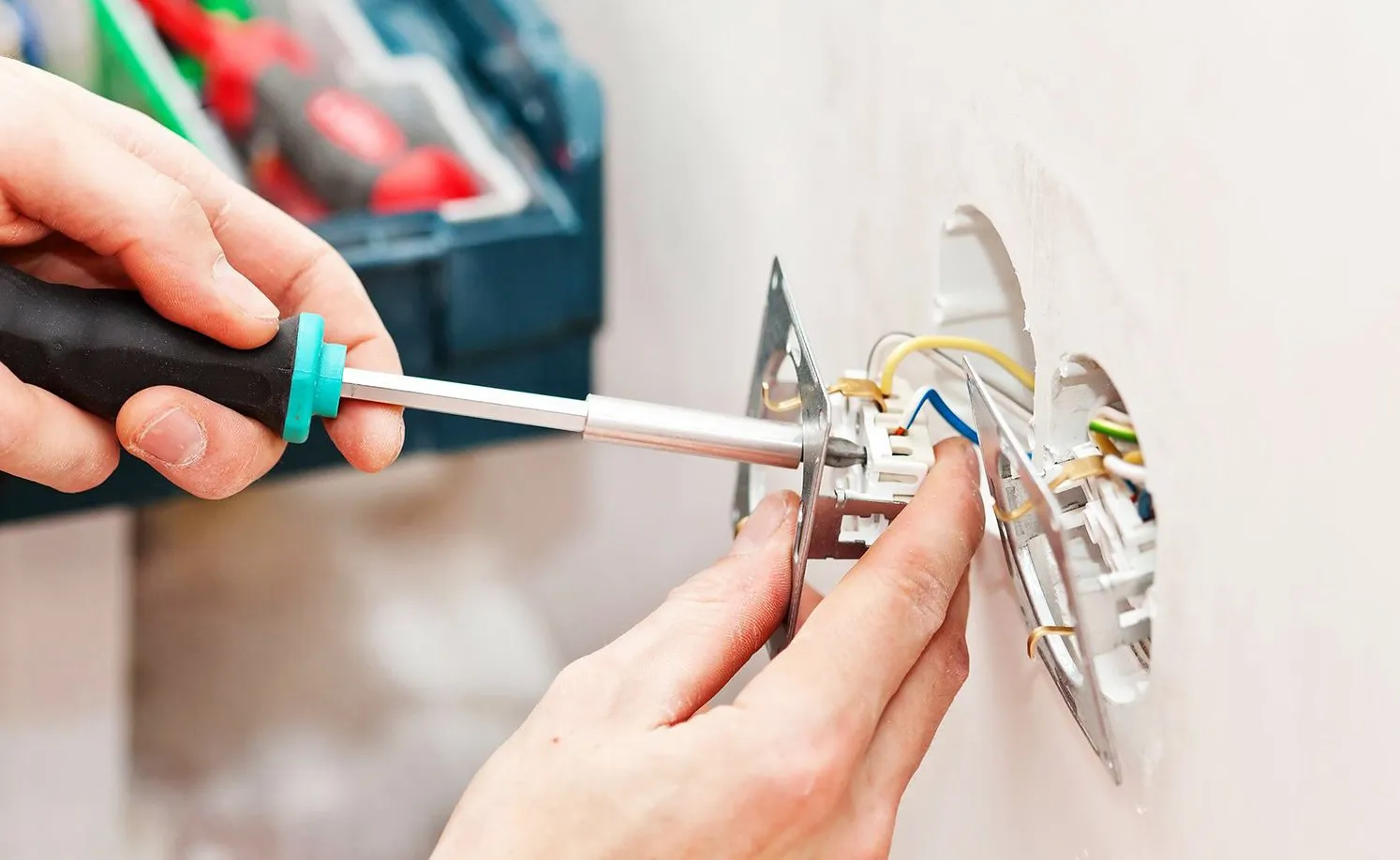 And 3 More Tips from the Blogger
And 3 More Tips from the BloggerOn his YouTube channel, Konstantin Shkabura explains and demonstrates with his fingers how to do a renovation that will last many years. Take these tips note!
Konstantin ShkaburaExpertEngineer-Builder, author of the video blog Samorezfilm, runs Instagram @kossnickers.
1. Is it necessary to develop a separate project for electrical work in an apartment?
Every type of work requires project development, whether it's electrical or plumbing. Often designing these aspects helps avoid rework: for example, placing sockets for appliances in the corner so they don't interfere with furniture installation.
2. How can wires be connected to each other?
Wires can be connected in different ways: using terminals, soldering, twisting, or welding twisted wires.
3. How should sockets be arranged in a gypsum board partition without losing its sound insulation properties?
To preserve sound insulation, socket boxes must be installed in prepared sound-insulating boxes. Alternatively, arrange them with a shift relative to each other, ensuring sockets on opposite sides of the partition do not align.
On the cover: Kashu Interiors design project.
More articles:
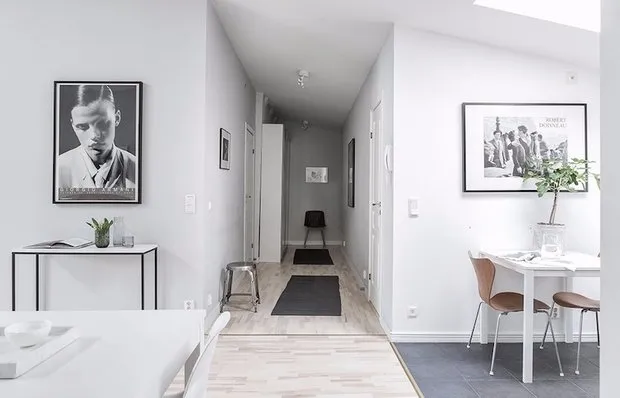 Checklist: How Safe Is Your Apartment
Checklist: How Safe Is Your Apartment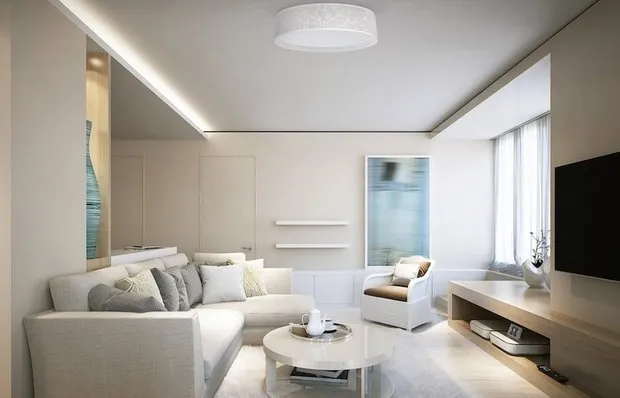 How to Properly Plan Lighting in an Apartment
How to Properly Plan Lighting in an Apartment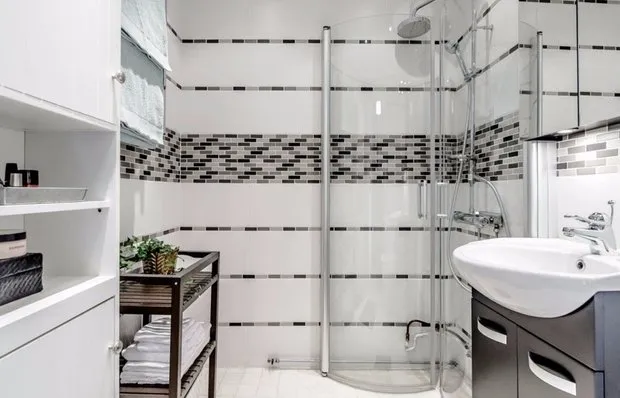 Hydroisolation of Bathroom: Step-by-Step Guide
Hydroisolation of Bathroom: Step-by-Step Guide How to Install a Closet in a Niche: Pro Tips
How to Install a Closet in a Niche: Pro Tips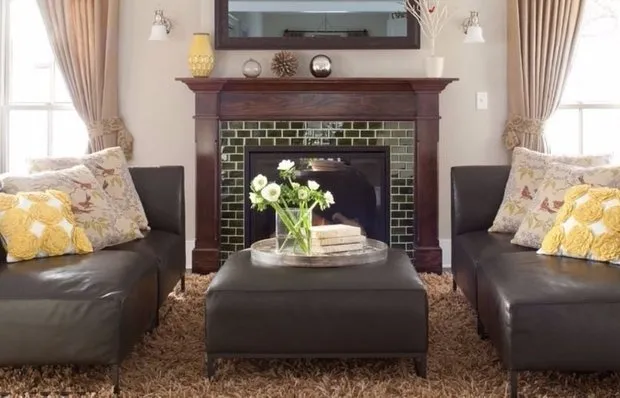 Carpet in Living Room and Other Rooms with Photos
Carpet in Living Room and Other Rooms with Photos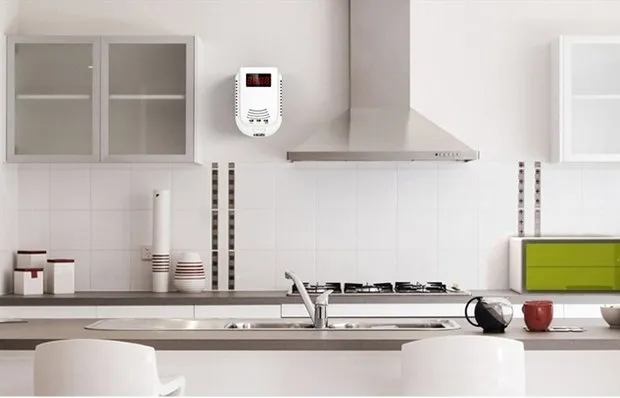 10 gadgets for home security
10 gadgets for home security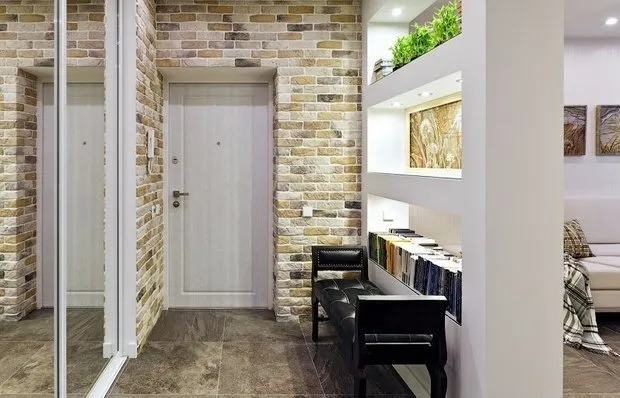 Interior Design of Small Apartments in Various Styles with Photos
Interior Design of Small Apartments in Various Styles with Photos TV Placement Options on Kitchen with Photos
TV Placement Options on Kitchen with Photos